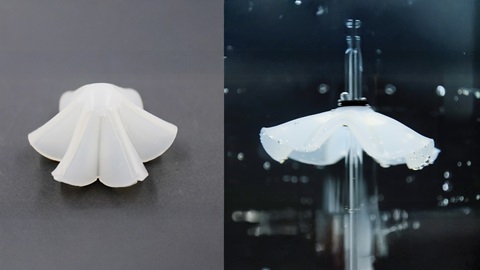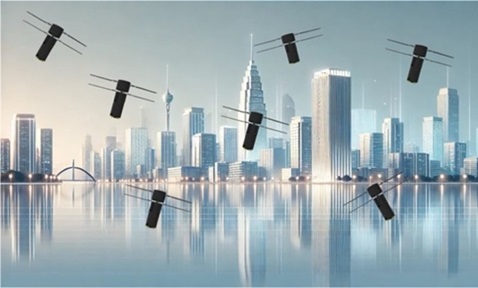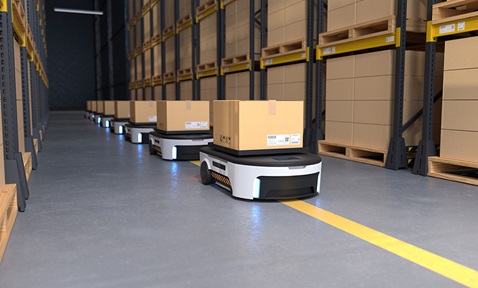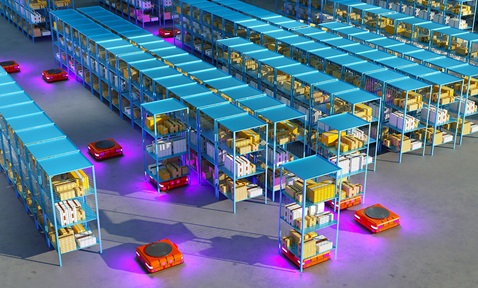
Multi-Purpose Autonomous UAV Inspection System Based on Multi-Modality Sensor Fusion
Synopsis
This technology provides advanced inspection solutions for urban environments, leveraging trends in automation, accuracy, and safety. It addresses efficient urban infrastructure inspection, advanced navigation technologies, such as VIRAL fusion-based SLAM systems, and the rising demand for autonomous control in Unmanned Aerial Vehicles (UAVs).
Opportunity
This UAV inspection system meets the demand for precise and efficient inspection of urban environments, driven by the need for safety, maintenance and regulatory compliance, especially in the construction, infrastructure, and aviation sectors. Urbanisation has increased the need for effective inspection solutions, and advanced navigation technologies have enhanced reliability in complex environments. The rise of autonomous UAVs reduces human intervention, improving efficiency and safety in inspection tasks.
Technology
This system combines onboard self-localisation (OSL) and infrastructure-based localisation (ISL) for precise and stable UAV positioning. It features a rapid deployment Ultra-wideband (UWB) network that autonomously calculates ground node positions, reducing installation time. Body-Offset UWB Nodes provide direct UAV orientation coupling. Sliding Window State Estimation maintains accurate tracking, integrating UWB, Inertial Measurement Unit (IMU) and Visual-Inertial Odometry (VIO) or Lidar Odometry and Mapping (LOAM) measurements. The system optimises these observations into a single cost function, ensuring accurate and non-drifting localisation. The fusion of IMU, UWB, and OSL data offers precise and continuous UAV state estimation, ideal for various inspection applications.

Figure 1: Drone carrying out actual building façade inspection.
Applications & Advantages
Building Inspection: Efficient assessment of structural integrity and compliance.
Crane Inspection: Ensures safety and functionality in construction and industrial settings.
Aircraft Inspection: Reduces downtime and maintenance costs with advanced navigation.
Path Planning: Optimises inspection routes, reducing costs and improving data collection.


.tmb-listing.jpg?Culture=en&sfvrsn=57e7d9a3_1)












